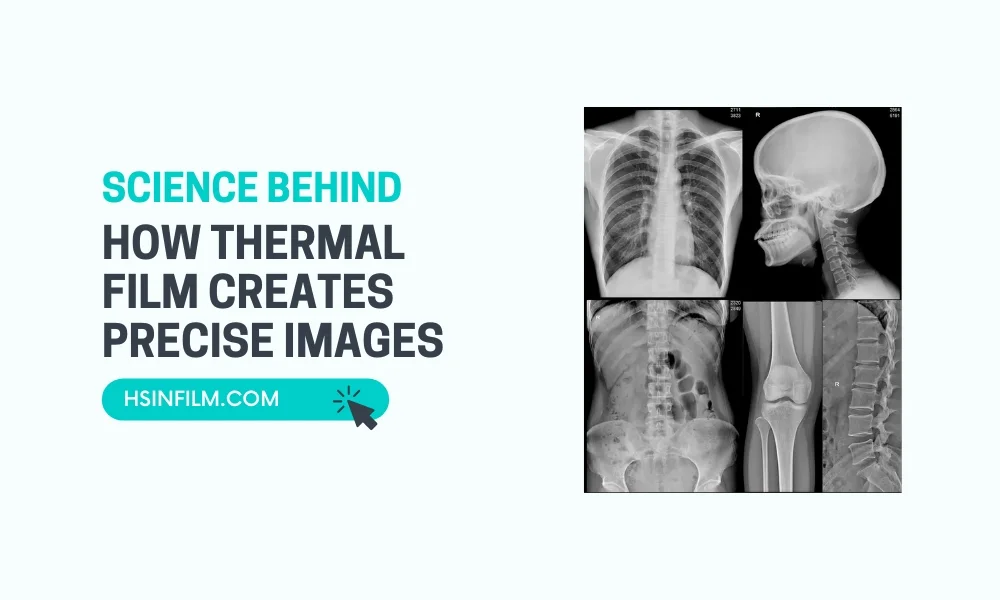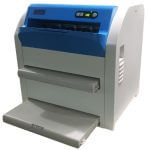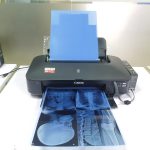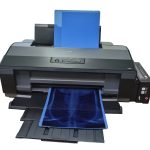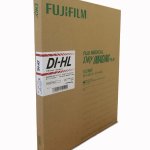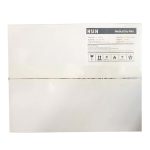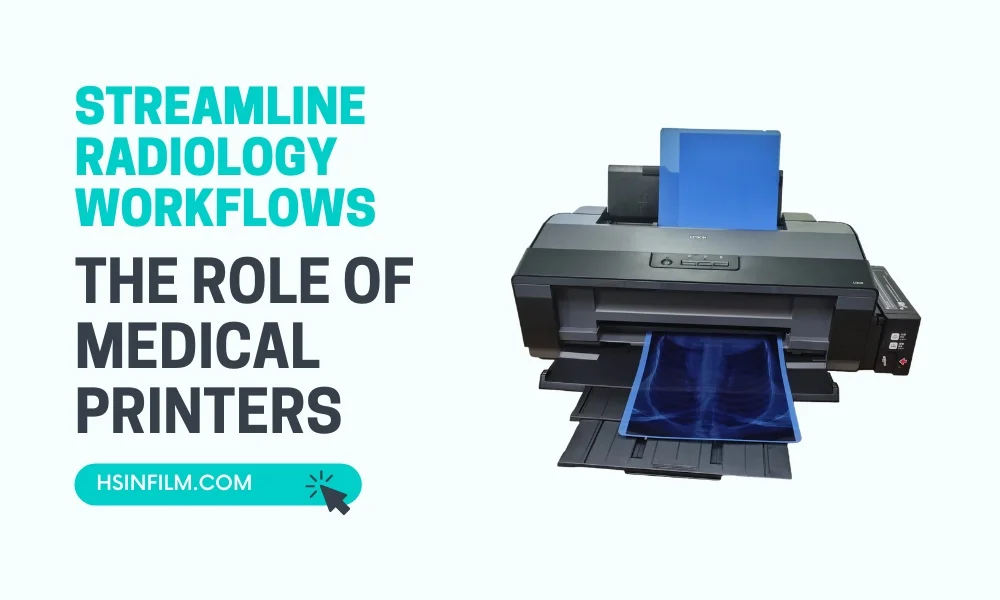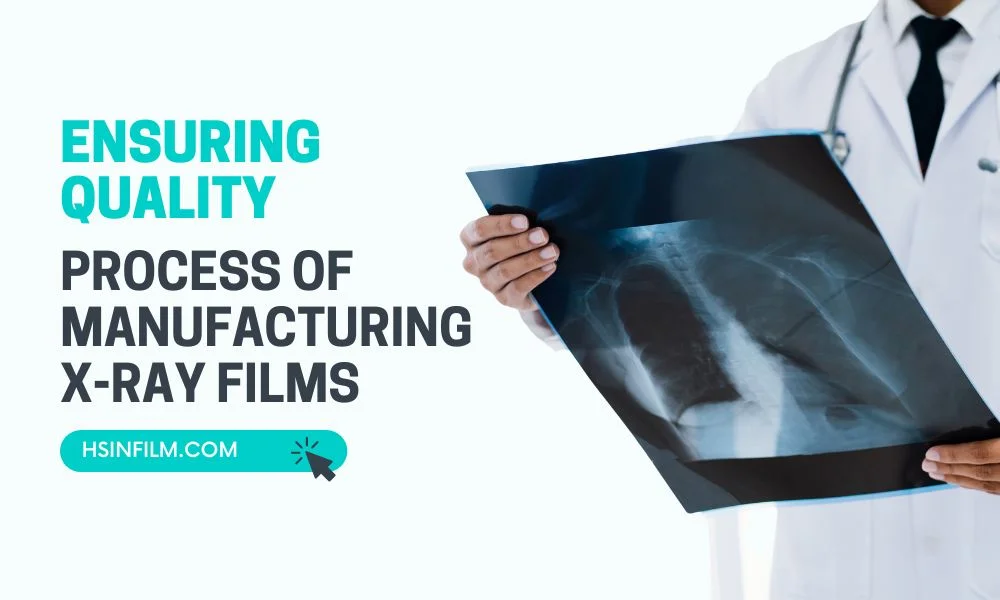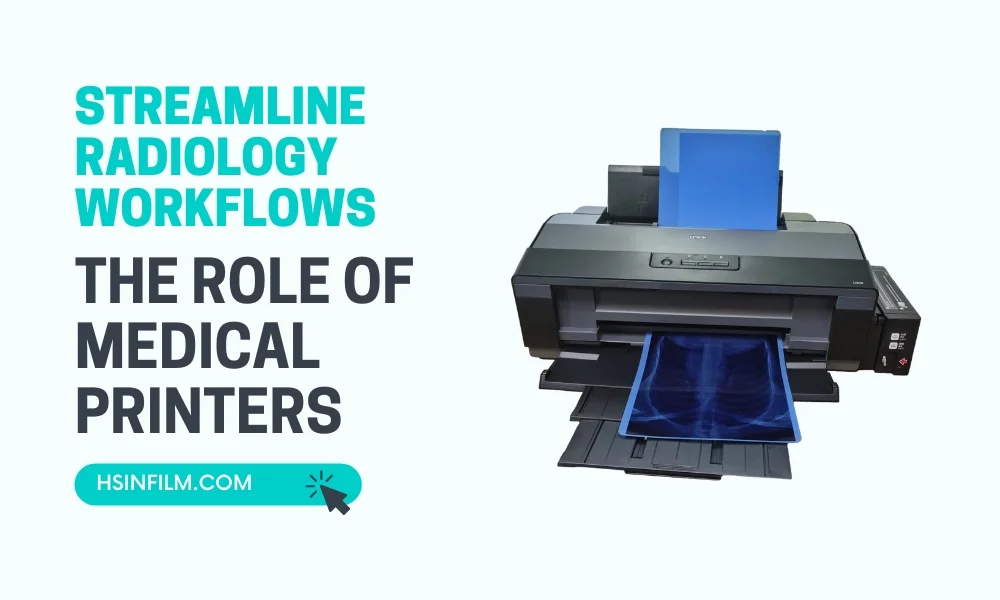Medical thermal film plays a crucial role in modern diagnostic imaging. It allows healthcare professionals to create clear and precise images, which are essential for accurate diagnosis and treatment. Understanding how medical thermal film works involves exploring the science behind it, particularly the role of heat in producing these images. In this blog post, we will dive into the science behind medical thermal film imaging process, the basics of medical thermal film, and its applications in healthcare.
Table of Contents: Science Behind Medical Thermal Film
What is Medical Thermal Film?
Definition and Basics
Medical thermal film is a type of imaging film used in various medical fields, including radiology, dentistry, and other diagnostic imaging applications. Unlike traditional photographic film, which uses light exposure and chemical development, thermal film relies on heat to develop images.
Advantages of Thermal Film
- No Chemical Processing: Reduces the need for harmful chemicals, making it more environmentally friendly.
- Quick Image Development: Images are developed rapidly, allowing for faster diagnostics.
- High Image Quality: Produces clear and detailed images essential for medical diagnostics.
- Durability: Thermal film is resistant to light, heat, and humidity, ensuring long-term storage without degradation.

How Does Medical Thermal Film Work?
Let’s dive into the science behind medical thermal film
The Role of Heat
The primary mechanism behind medical thermal film is the use of heat to create images. Here’s how it works:
- Heat-Sensitive Coating: The film is coated with heat-sensitive materials that react to temperature changes.
- Thermal Printer: A thermal printer applies controlled heat to specific areas of the film.
- Image Formation: The heat causes a chemical reaction in the heat-sensitive coating, producing different shades and densities to form a clear image.
Components of Thermal Film
- Base Layer: Provides structural support and stability.
- Heat-Sensitive Layer: Contains chemicals that react to heat to form images.
- Protective Layer: Shields the film from external damage, such as scratches and humidity.
Thermal Printing Process
The thermal printing process is crucial for developing precise images. Here’s a step-by-step overview:
- Image Data Transmission: Digital data from imaging devices (like X-rays or CT scans) is transmitted to the thermal printer.
- Heat Application: The thermal printer applies heat to the film in a controlled manner, pixel by pixel.
- Chemical Reaction: The heat-sensitive chemicals in the film react to the heat, changing color or density to form the image.
- Final Image: The developed image appears on the film, ready for diagnostic use.
The Principle of Thermal Imaging
Ever touched something hot and noticed it left a mark? That’s a basic way to understand thermal imaging. Unlike regular imaging, which relies on external factors like radiation, thermal imaging visualizes variations in heat. So, how does this relate to our Science Behind Medical Thermal Film?
Applications of Medical Thermal Film
Radiology
In radiology, thermal film is used to produce X-ray images. These images help radiologists diagnose fractures, infections, and other conditions.
Dentistry
Dentists use thermal film to capture detailed images of teeth and gums. This aids in diagnosing cavities, gum disease, and other dental issues.
Mammography
Thermal film is also used in mammography to create high-resolution images of breast tissue. These images are vital for detecting breast cancer and other abnormalities.
Ultrasound Imaging
While ultrasound typically uses digital displays, thermal film can be used to produce hard copies of ultrasound images, which are useful for record-keeping and patient consultations.
Benefits of Using Medical Thermal Film
Environmental Impact
One of the most significant benefits of thermal film is its reduced environmental impact. Traditional film processing involves chemicals that can be harmful to the environment. Thermal film eliminates the need for these chemicals, making it a greener option.
Speed and Efficiency
Thermal film allows for rapid image development. This speed is crucial in medical settings where quick diagnostics can significantly impact patient care.
Image Quality
The clarity and detail of thermal film images are exceptional. High-quality images are essential for accurate diagnosis and treatment planning.
Durability and Storage
Thermal film is durable and can withstand various environmental factors. This durability ensures that medical records can be stored long-term without degradation.
Challenges and Solutions in Thermal Film Usage
Common Issues
Despite its advantages, using thermal film can present some challenges:
- Printer Maintenance: Thermal printers require regular maintenance to function correctly.
- Cost: Initial setup costs for thermal printing systems can be high.
- Training: Staff may need training to operate thermal printers efficiently.
Overcoming Challenges
- Regular Maintenance: Implementing a maintenance schedule can prevent printer malfunctions and extend the equipment’s lifespan.
- Cost-Benefit Analysis: Conducting a cost-benefit analysis can help justify the initial investment in thermal printing technology by highlighting long-term savings.
- Training Programs: Providing comprehensive training programs can ensure that staff are proficient in using thermal printers, minimizing errors, and improving efficiency.
Dive into the Science: How Medical Thermal Film Reacts to Heat
It all boils down (pun intended) to the film’s heat-sensitive layers. When exposed to different temperatures, specific chemical reactions get triggered. These reactions produce varying shades of gray – creating an image!
Achieving Image Precision with Medical Thermal Film
What’s the big deal with precision, you ask? Imagine trying to diagnose a tiny anomaly. Every shade, every line matters. Thanks to the even heat distribution and the film’s responsiveness, we get high-definition, sharp images that make diagnosis a breeze.
Safety and Environmental Aspects
Safety first! The beauty of thermal imaging is its minimal risk to patients. And for our eco-conscious readers, the films are designed with environmental disposal in mind.
Future of Medical Thermal Imaging
The Science Behind Medical Thermal Film is ever-evolving. With advancements in tech, who knows? We might soon have films that can give us 3D holographic images!
Conclusion
Medical thermal film is a vital tool in modern diagnostic imaging, offering numerous advantages such as environmental friendliness, quick image development, high image quality, and durability. The science behind medical thermal film involves using heat to create precise images, making it an efficient and effective solution for various medical applications. While there are challenges in using thermal film, such as printer maintenance and initial costs, these can be mitigated through regular maintenance, cost-benefit analysis, and comprehensive training programs.
As technology continues to advance, the quality and efficiency of medical thermal film will only improve, further solidifying its role in healthcare. The shift towards more sustainable practices also ensures that thermal film will remain a crucial component in the future of diagnostic imaging.
By understanding the science behind medical thermal film and its benefits, healthcare providers can make informed decisions about incorporating this technology into their practice, ultimately enhancing patient care and outcomes.
Frequently Asked Questions
Q: How is thermal film different from regular X-rays?
A: While X-rays rely on radiation, thermal films capitalize on heat reactions for image formation.
Q: Are thermal images in color?
A: Typically, they’re grayscale, capturing various shades to depict different structures.
Thank you for joining us on this enlightening journey. Curious about more such tech? Stick around for more articles diving deep into the fascinating world of medical innovations!
